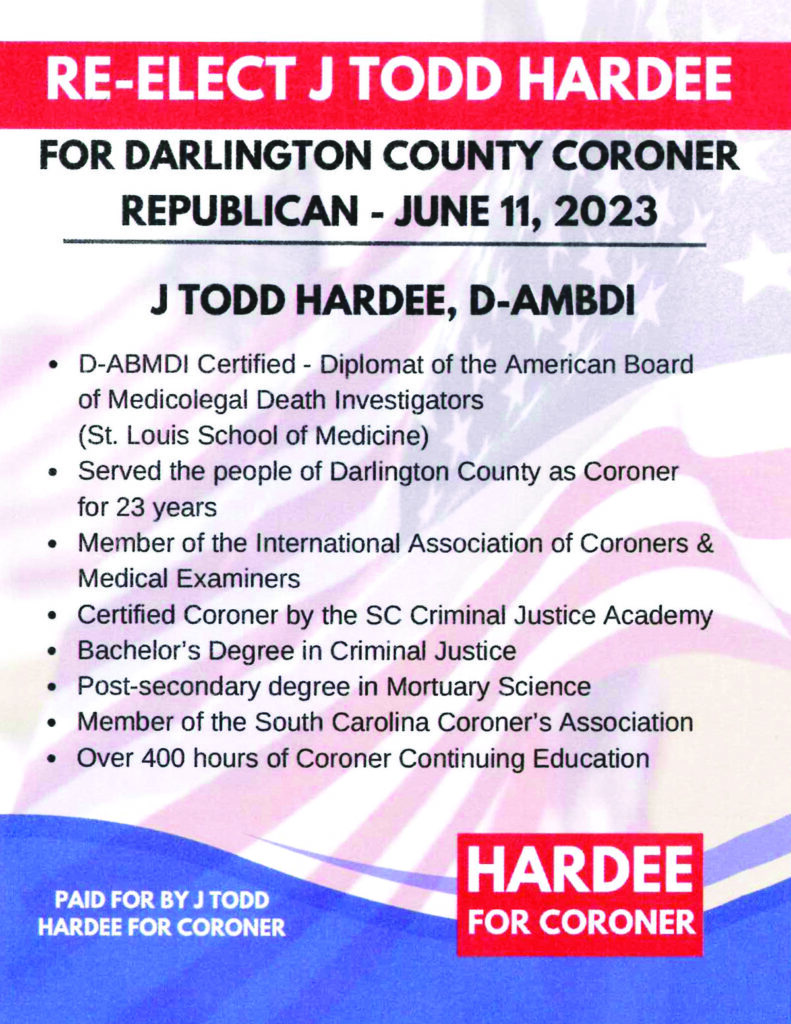What to expect after calling FEMA

Registering with the Federal Emergency Management Agency is the first step to getting federal disaster assistance.
After you apply, FEMA will send you a copy of your application and a copy of “Help After a Disaster: Applicant’s Guide to the Individuals and Households Program,” which will answer many of your questions.
This article explains how FEMA’s disaster assistance program works; describes additional kinds of help you may qualify for from other federal, state and voluntary agencies; and gives you many important tips on how best to make all these programs work for you.
After You Register
If your home or its contents are damaged and you are uninsured or underinsured, verifying disaster damage is part of the process to establish the amount and type of damage you suffered.
You will get a call from an inspector who has construction background and is fully qualified to do the job. Inspectors are private contractors who wear official FEMA ID badges.
If you have concerns with the legitimacy of a FEMA housing inspector, you should contact your local law enforcement, as they will be able to validate their identification.
Authorized inspectors will only confirm personal detailed information that you previously provided during the registration process, such as your registration number. They never charge for an inspection.
The U.S. Small Business Administration and various insurance companies also have inspectors in the field. You may also see preliminary damage assessment teams in your area.
Inspector’s Call
After you register – either online at DisasterAssistance.gov, by calling 800-621-3362 (TTY 800-462-7585) or visiting a disaster recovery center – a nine-digit application number is assigned. An inspector will then call to schedule an appointment to visit your damaged property – generally no longer than 10 days after registration.
Inspector’s Visit
Keep the scheduled appointment to make sure the assistance process moves quickly. The inspection should take typically 10 to 20 minutes. You – or someone who is 18 or older and lived in the household prior to the disaster – must be present for the scheduled appointment. Inspectors will review both structural and personal property damage and file a report, but they do not determine eligibility or determine the value of damage or losses.
A FEMA inspection is not an insurance inspection. If you are covered by insurance, you should contact your insurance company immediately as FEMA cannot duplicate payments.
Proof of Ownership or Occupancy
The inspector will ask for identification and proof of ownership and occupancy (for homeowners) and occupancy only (for renters). You can speed up the process by having the appropriate documents on hand:
• A photo ID to prove identity, such as driver’s license or passport.
• Proof of occupancy, such as a lease, rent payment receipt or utility bill.
• Proof of ownership, such as a deed, title, mortgage payment book, property insurance policy or tax receipts.
After the Inspector’s Visit
You will receive a letter from FEMA containing a decision within 10 days of the inspector’s visit. If you are eligible for assistance, the letter will be followed by a check or an electronic funds transfer. The letter explains how the money can be used. You may receive a low-interest disaster loan application in the packet from the SBA. You do not have to accept a loan. However, you must complete the application and return it to SBA to remain eligible for other types of federal assistance, such as FEMA grants.
FEMA’s mission is to support our citizens and first responders to ensure that as a nation we work together to build, sustain, and improve our capability to prepare for, protect against, respond to, recover from, and mitigate all hazards.
Disaster recovery assistance is available without regard to race, color, religion, nationality, sex, age, disability, English proficiency or economic status. If you or someone you know has been discriminated against, call FEMA toll-free at 800-621-FEMA (3362). For TTY call 800-462-7585.
FEMA’s temporary housing assistance and grants for public transportation expenses, medical and dental expenses, and funeral and burial expenses do not require individuals to apply for an SBA loan. However, applicants who receive SBA loan applications must submit them to SBA loan officers to be eligible for assistance that covers personal property, vehicle repair or replacement, and moving and storage expenses.


